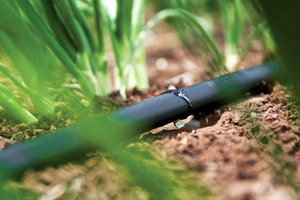The second edition of the Midwest Cover Crops Field Guide is now available for purchase through the Purdue Extension Education Store, designed to help farmers effectively select, grow, and use cover crops in their farming systems.
Some of the topics addressed in the guide include cover crop suggestions for common rotations, up-and-coming cover crop species and climate considerations. Farmers have been using cover crops for centuries, but today’s producers have little experience with them.
The guide was written by members of the Midwest Cover Crops Council, which includes scientists from Purdue University, Michigan State University, University of Illinois and a handful of other educational institutes. It can be purchased from the Purdue Extension Education Store for $5.00, or purchased in batches of 25 copies for $112.50.
A Rise in Cover Crop Interest
Research presented by agronomists, entomologists, agroecologists, horticulturists and biogeochemists from Penn State's College of Agricultural Sciences has shown that cover crops in rotation between cash crops can provide ecological value – more so than previously thought by producers. The largest benefits included erosion prevention and higher levels of carbon in the soil.
Earlier this year, the National Resources Conservation Service held a special sign-up to encourage producers to plant cover crops. It had set aside $750,000 for the spring signup, but more than 500 people showed interest, which resulted in an additional $778,000 being put toward the initiative.
“We had an absolutely overwhelming response to the special pilot cover crop signup,” said Jimmy Bramblett, State Conservationist for NRCS in Wisconsin. “Farmers are rapidly moving to try cover crops to start re-building the health of the soil. We are excited to see so many farmers interested in pursuing the health and sustainability of our farm land.”
